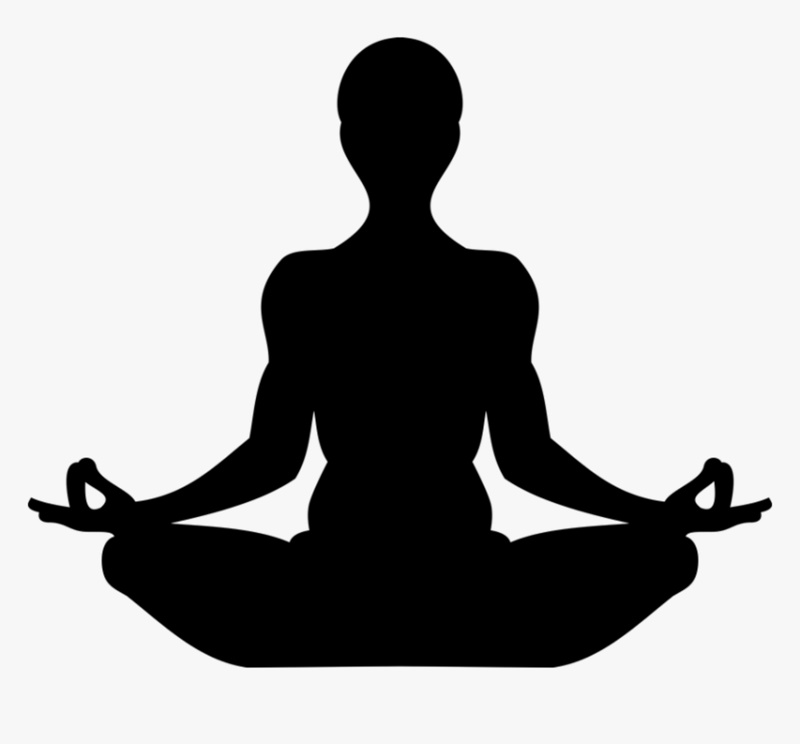
We’ve previously talked about the relationship between yoga and scoliosis and how yoga is sometimes used as a form of scoliosis treatment due to its ability to create proper alignment within the body whilst reducing pain. This is achieved by placing focus on a number of key parts of the body, including:
- Strengthening the feet and legs (to relieve the burden placed on the spine)
- Straightening / lengthening the spine
- Aligning the lower limbs with the torso for improved function
- Addressing the rounding of the back
- Strengthening core muscles to prevent the back from tightening
- Incorporation of breathing awareness to improve structural alignment
However, despite all of the benefits associated with yoga, scoliosis patients who wish to take up yoga need to be cautious of the potential dangers that also exist. This is particularly the case for yoga classes that do not cater to the demands of scoliosis sufferers, as scoliotic spines do not always behave in the same manner as straight, healthy spines.
In order to ensure that your condition is improved rather than worsened, take a look at our recommended best (and worst) yoga poses for people with scoliosis.
The best yoga poses for scoliosis

Cat/Cow Pose
At the beginning of a yoga session, it’s important to focus on loosening the spine with breathing. The cat pose is a great exercise to help with this. To perform it, kneel with the hands below the shoulders and the knees below the hips. Whilst inhaling, lift the head and tailbone, making the lower back concave. Exhale and tuck the tailbone, rounding and releasing the neck. Repeat this for a total of ten times.

Warrior Pose
This pose strengthens and stretches the legs, psoas and back muscles and should be performed with the support of a door jamb or pillar in order to keep the torso upright and balanced. To perform the warrior pose:
- Bring your back to the edge of the door jamb with the front heel about two feet ahead and the front leg hugging the side of the wall.
- Place the back toes around two feet behind the left hip. Square the two hips so they are parallel to each other and point the tailbone to the floor, lengthening the sacrum.
- Inhale and bring the arms overhead parallel to the shoulders (with palms facing each other) and lift from the upper back, lengthening the ribs and spine out of the pelvis.
- Exhale and bend the right leg, creating a right angle, with the thigh parallel to the floor and the shinbone perpendicular to the floor. The right knee should be placed directly over the right heel, with the left leg fully extended and the left heel descending to the floor.
- Continue to lift the spine, and at the same time, press into the floor with the back leg.
If you have trouble bringing the back heel to the floor, place a sandbag under the heel for balance. Pressing it back and down to the floor helps to penetrate the deep psoas muscle.
Inversions
In a healthy spine, the continual pull of gravity can compress the intervertebral disc and eventually cause nerve damage or disc herniation. If you have scoliosis, this issue is even more pronounced. Scoliosis sufferers will tend to feel the uneven pressure of gravity constantly but have no understanding of how to create alignment to alleviate it.
Inversions are a perfect way to create freedom in your body to experience alignment without the usual distortions caused by gravity. As a result, it is often easier – particularly if you have been diagnosed with scoliosis – to feel what alignment is upside down than while standing on your feet. Inversions are also a great way to develop strength in the back and arms, increasing circulation to the vertebrae, brain and other major organs as well as encouraging lymphatic circulation and venous blood return.
The worst yoga poses for scoliosis
Back-bending poses
Bending a scoliotic spine backwards will reduce the normal front-to-back thoracic shape, also known as kyphosis. This ‘regular’ part of the spine works to limit the progression of scoliosis, so emphasis should be placed on encouraging this shape rather than reducing it. Back-bending positions flatten the thoracic spine which can lead to destabilisation, making scoliosis worse.
Back-bending poses include:
- Cobra
- Half-moon
- Bow pose
- Camel
- Wheel
- Locust
Torso-twisting poses
Unless you’re certain it will not aggravate the rib arching, scoliosis patients should avoid twisting the torso against the pelvis. The rib arch is increased as it rotates backwards into the existing curvature, regardless of whether the rotation is to the left or right side. Some forms of scoliosis can accommodate these types of twists in a yoga programme, but only to one side.
It’s important to communicate with your practitioner before incorporating these poses into your yoga routine:
- Spinal twist
- Triangle
- Seated twist
- Sage twist
Bending the rib cage
Bending the rib cage backwards, forwards or sideways should be avoided at all costs. Trying to open up the main scoliotic curve between the thoracic (upper) and lumbar (lower) spine may improve the major thoracic curve, but you will risk worsening any curvatures above or below that curve.
The poses to avoid are:
- Side bend
- Triangle
- Seated twist
- Sage twist
These are the best and worst yoga poses for people with scoliosis. Here at the Scoliosis SOS Clinic, we provide award-winning, exercise-based scoliosis treatment courses that aim to strengthen the muscles and increase the range of motion in the back, frequently eliminating any need for surgical intervention. We have treated patients of all ages from all over the world.
Treatment FAQs Book a Consultation
